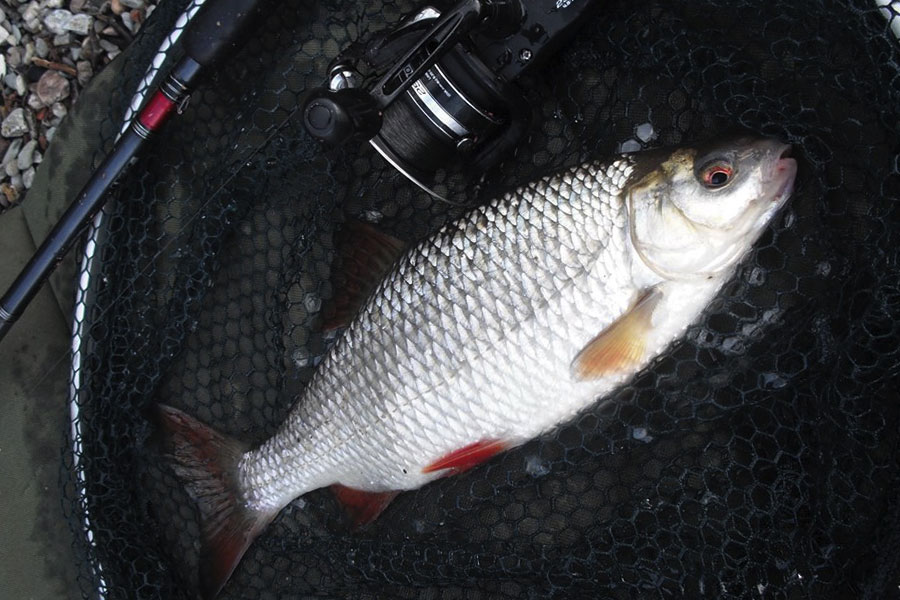There is an abundance of renowned fishing locations in Scotland. Locations that are known to hold fish or known for ease of access and in the age of social media, Google earth and online forums it is easy for these locations to become hot spots for the masses to descend upon. We’ve all been there, when you approach your chosen mark or swim, praying for it to be free, only to find every square meter occupied.

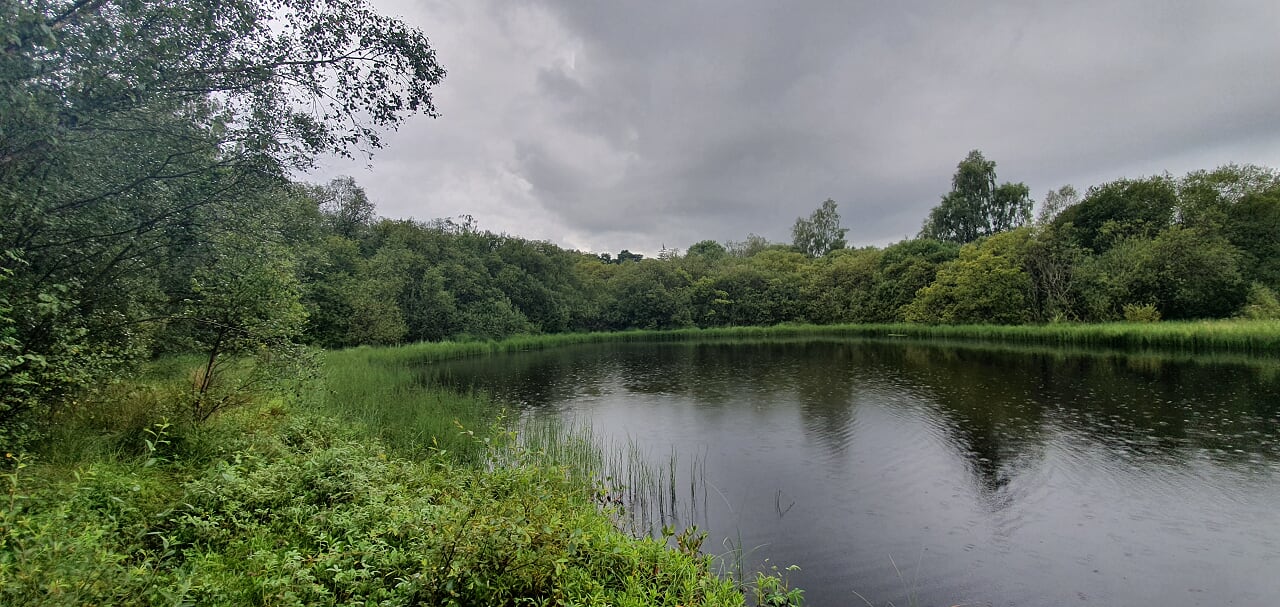
As much as these locations play a large part in most of our fishing and are likely to continue to do so, there is an approach that most refrain from and perhaps understandably so. Although we would all like more, most of us only have a limited amount of time to spend on the bank, and the security of such places fill us with confidence and offer the best chance of success. However, for those with a sense of adventure and prone to taking a gamble, it is very easy to escape the madding crowds and even catch some cracking fish.
It does take a little research, legwork, patience and enthusiasm and one may ask, “Why put in so much effort?” To me the answer is simple. The sense of achievement gained after taking a risk, acting on a hunch, exploring a tip-off or even just getting out and giving it a go and finding success in an area that few know about, far exceeds that of catching where thousands have before. Now I am not suggesting that this approach should count for 100% of our fishing, we all have our favourite spots, but every now and again it pays to look outside the box.

Before we explore this subject further, it is worth noting the importance of clearly understanding the legalities of our chosen water, such as access and permission to fish before we arrive, which in turn may require a little more research.
So what should we be looking for? Well, water is a good start. Maps are an exploratory angler’s best friend and it may be as simple as picking a blue bit on a map and checking it out. This may be a canal, stream, park pond, old quarry, gravel pit or even an area of a bigger water that lies ‘off the beaten track’. Assuming permission is granted, our options are endless.
I mentioned earlier the impact of social media and this too can be used in our favour. Keep your ear close to the ground and engage in a positive manner on these platforms. Anglers aren’t quick to give up their secrets but a little give and take can go a long way. If we conduct ourselves in a positive and respectful manner we are far more likely to be offered information.
In recent weeks a combination of these two angling aids resulted in me exploring some small ponds in and around Glasgow, with some producing surprising results.
So how does one go about targeting a venue that little is known about? Firstly it’s important not to let looks deceive you. At first glance some of these tiny waters looked highly unlikely to hold anything other than the odd frog, however, on these occasions, a quick ‘recce’ soon uncovered signs of a piscatorial presence.
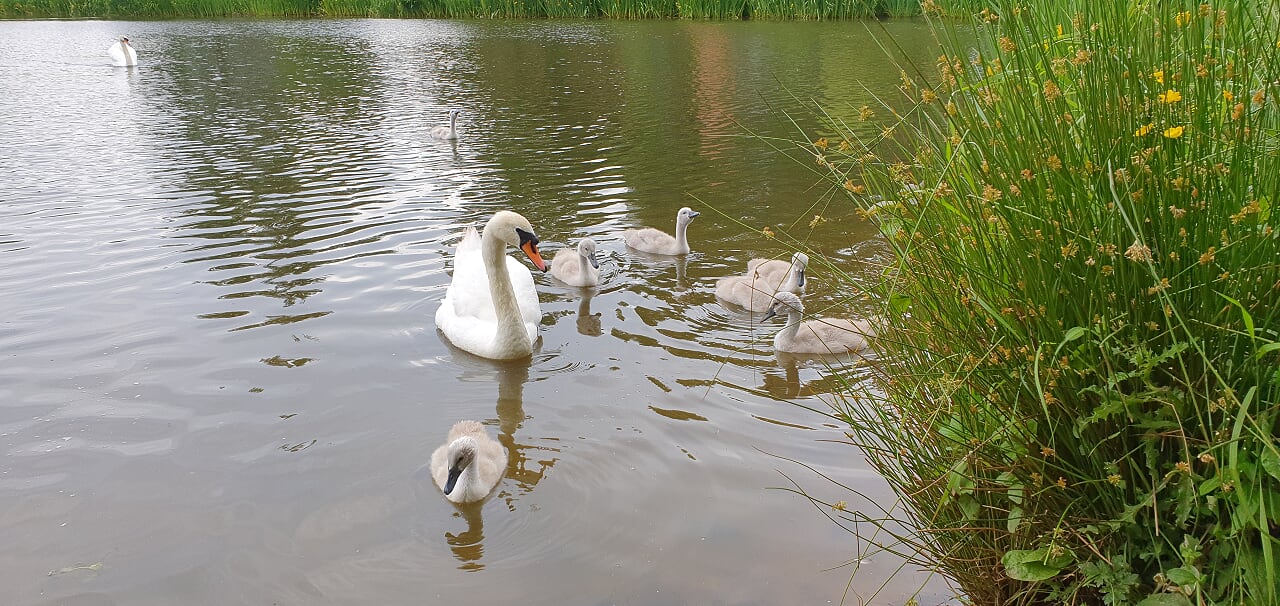
This small pond just looked like a small sanctuary for bird life but it wasn’t long until we revealed it’s underwater hidden gems.
With regards to tactics it pays to hedge your bets. When unsure of the depth of water, the amount of weed, species of fish and possible underwater obstructions it is advisable to set out prepared to change methods if need be. On these sessions I adopted a two-pronged attack, initially fishing a float set on one rod and feeder tactics on another.
Selecting a suitable bait is another point of consideration. Although I had an idea of what species may be present, I wasn’t entirely certain. So what does one do on such an occasion? One simply chooses the most versatile bait they can think of and in a Coarse fishing situation, there is one clear and simple choice. There aren’t many species that won’t be tempted by a couple of neatly presented maggots.
When using maggots, as with most bait, presentation is key. Use as light a setup and terminal tackle as you can get away with for your chosen method. I opted for 4lbs mainline and lighter hook length on my float rod and 6lb on the feeder set up. Hooks were a size 16 although other sizes were on hand if needed. Feeders, on this occasion, were groundbait cage feeders and were fairly compact, so to be as less intrusive as possible. Waggler floats were used and shotted to allow a natural bait presentation, falling slowly through the water column. It is worth noting that these were purely my initial approaches and it is important to have options in mind and the initiative to adapt your rigs if need be.
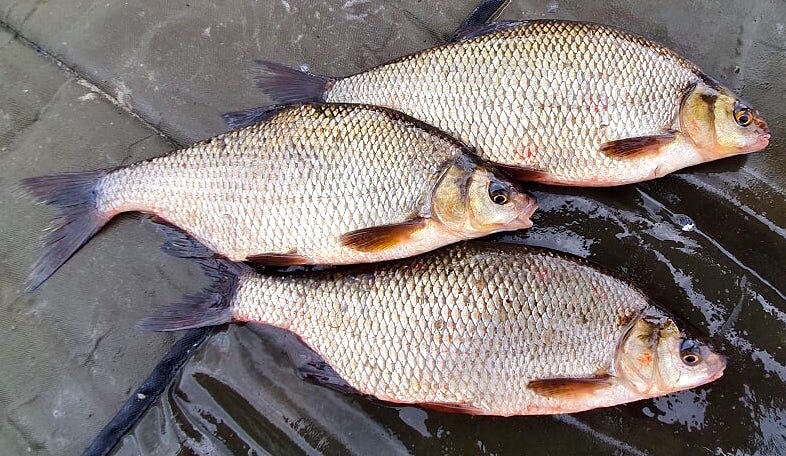
A suprise catch from an unknown water.
The value of having options to one’s approach was well acknowledged when fishing two of these waters. On one, a tiny pond of less than half an acre in size, float tactics massively out fished the feeder while on the other more fish came to the cage feeder. In these instances, I would say each respective method was more suited to the species of fish that were more prevalent in each venue rather than the venue itself.
The species of fish in question were two of my favourites. Albeit favourites that I hadn’t caught or indeed specifically targeted for several years due to my lack of known productive venues, which I find satisfyingly ironic.
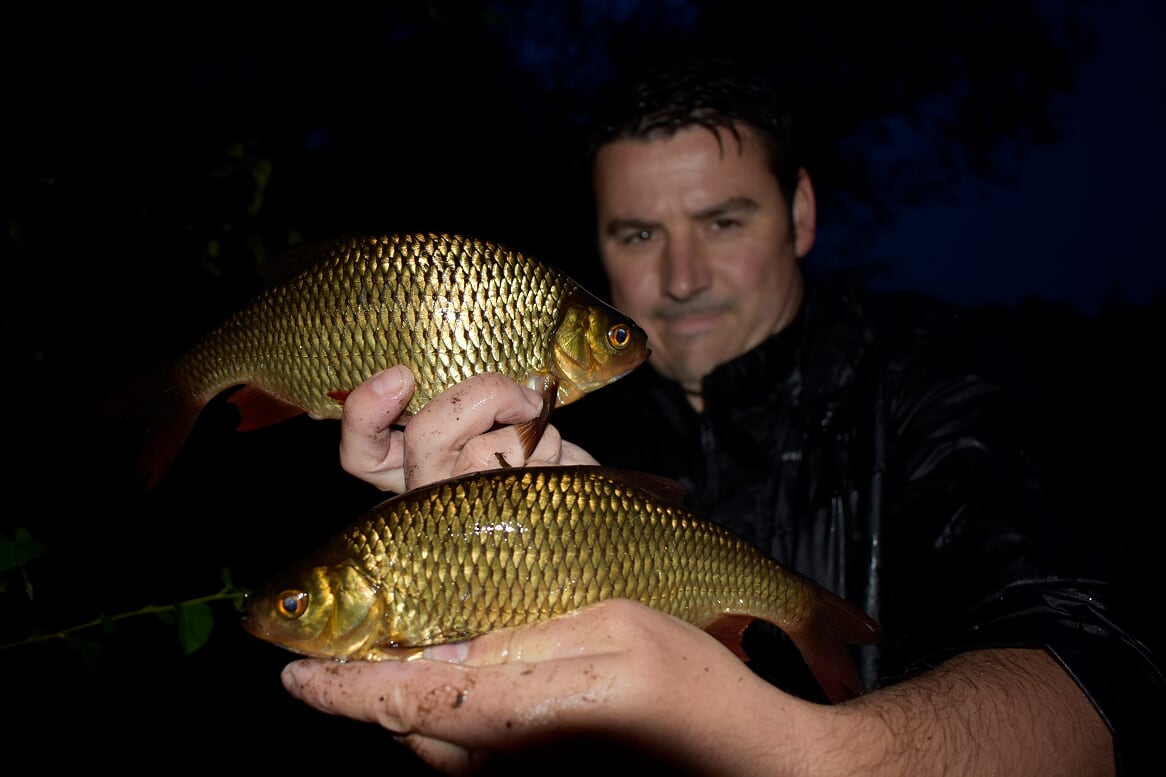
The successes of the Waggler approach came in the form of a net full of little Gold bars trimmed with flashes of Scarlet. The Rudd must surely be one of the prettiest little fish that swim in our waters. A fish that is becoming difficult to find in its pure form due to the likelihood of interbreeding with the more widespread Roach. Although these fish weren’t big, they were an absolute joy to catch on a method that is also becoming less popular in recent years. My second fishy re-acquaintances were several fairly substantial Tench, another stunning looking fish, which provided great light gear sport in shallow water.
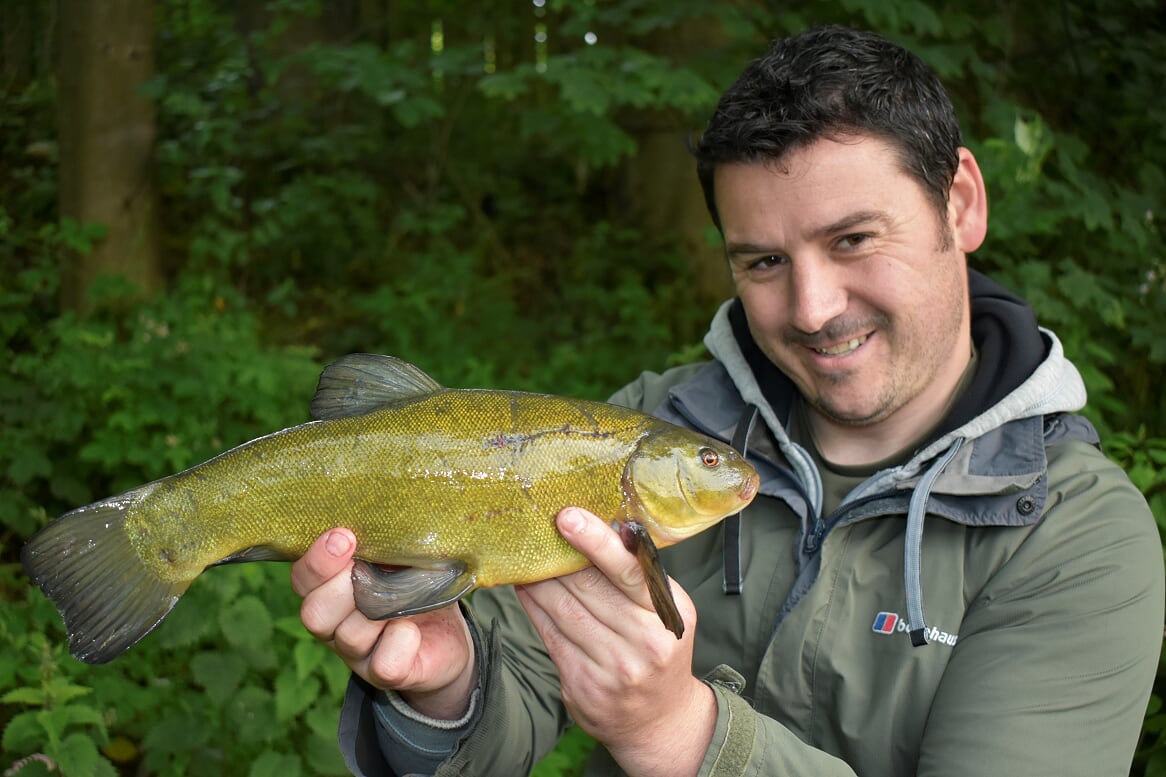
Both of these species had been absent from my catch reports for some time and all it took to get them back on the scene was a small step outside the box and a gamble taken on a tip-off. It is all to easy to stick with what we know but in order to improve as anglers and expand our knowledge of locations we need to take a risk. What’s the worst that can happen? Yes, we might miss out on another session catching the same species in the usual locations. Or we could stumble across one of the many hidden gems that are concealed, occasionally in plain sight, across the country. All we need to do is go out and find them.
Alex Allan – Angling Active Ambassador





